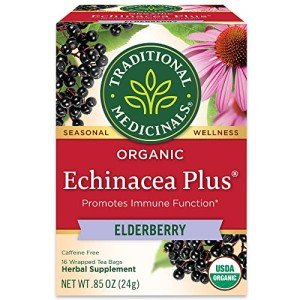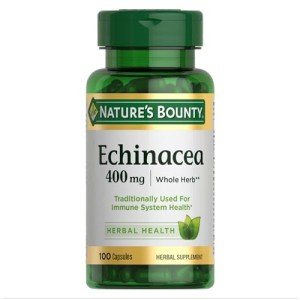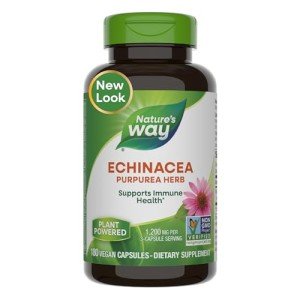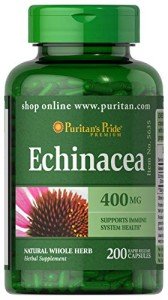Garlic isn’t just a tasty addition to your meals; it comes packed with amazing health benefits that you might not even know about! From boosting your immune system to improving heart health, garlic is a little powerhouse that packs a punch.
First off, garlic is known for its ability to enhance your immune system. Eating raw garlic can help your body fight off common colds and infections. If you feel a sniffle coming on, consider adding some garlic to your diet for a natural immune boost!
Heart health enthusiasts will love garlic as well. It may help lower blood pressure and reduce cholesterol levels. Some studies suggest that garlic can help improve circulation, making it great for your heart. Adding garlic to your routine could be a simple way to support cardiovascular health.
And let’s not forget about garlic’s antioxidant properties! These help combat oxidative stress in your body, which is a fancy way of saying they fight off free radicals that can cause damage. This might help in reducing the risks of chronic diseases, making garlic not just delicious but beneficial, too!
So, if you're looking to improve your health in a natural way, garlic is a great option. Whether you add it to sauces, salads, or just munch on it raw, it’s an easy ingredient to incorporate for better health. Plus, who doesn’t love that garlicky goodness in their food?
Nutritional Value of Garlic Explained
Garlic is more than just a flavorful addition to your meals; it's packed with nutrients that can benefit your health in various ways. A single clove of garlic contains small amounts of several vitamins and minerals, including vitamin C, vitamin B6, and manganese. It also has a good supply of certain antioxidants that help protect your cells from damage.
One of the standout features of garlic is its rich sulfur content. When garlic is crushed or chopped, it releases a compound called allicin. This is what gives garlic its characteristic smell and many of its health benefits. Allicin is known for its potential to support heart health by helping to lower blood pressure and cholesterol levels.
It's not just about vitamins and minerals, though. Garlic also has polyphenols and other compounds that have been linked to improved heart health and even cancer prevention. Incorporating garlic into your diet is an easy way to enhance both flavor and nutrition.
Easy Ways to Use Garlic at Home
If you’re looking to add a kick to your dishes or boost your health, garlic is your go-to ingredient. It’s incredibly versatile and can be used in so many easy ways around the house. Here are some simple methods to incorporate more garlic into your daily routine!
1. Roasted Garlic: Roasting garlic is super easy and brings out a sweet, mellow flavor. Just cut the top off a bulb, drizzle with olive oil, and wrap it in foil. Bake it at 400°F for about 30-35 minutes. Spread it on bread or mix it into mashed potatoes for a delicious twist!
2. Garlic Oil: Making your own garlic oil is a breeze! Just heat a cup of olive oil and toss in a few crushed garlic cloves. Let it simmer on low heat for about 30 minutes, then strain it. Use this flavorful oil to dress salads, drizzle over veggies, or for sautéing.
3. Garlic Paste: If you use garlic often, making a paste is a smart move. Simply mince several cloves, sprinkle a bit of salt, and use the flat edge of your knife to mash it into a paste. This method releases more flavor, and you can store it in the fridge for easy access when cooking.
4. Flavor Boosting in Soups and Stews: Garlic is perfect for adding depth to your soups and stews. Sauté a few minced cloves in your pot before adding other ingredients. It’ll give your dish that extra zing and make the whole house smell amazing!
Storing Garlic for Maximum Freshness
Garlic is a kitchen superstar, but knowing how to store it can make all the difference in keeping it fresh and flavorful. Here’s the lowdown on how to avoid those sad, shriveled cloves.
The best spot for your garlic is a cool, dark, and well-ventilated area—think pantry or a kitchen cupboard. Avoid stashing it in the fridge; the cold and moisture can actually speed up sprouting. Instead, keep it in a mesh bag or a basket to allow for airflow. If you notice any cloves starting to sprout, don’t panic! Those sprouts can be removed easily, and the rest of the garlic is still good to go.
If you're not using garlic right away, consider storing it in a different way. Whole bulbs can last several weeks, but peeled cloves will need a little extra care. You can keep peeled cloves in an airtight container in the fridge for about a week. For longer-term storage, try freezing them. Just chop or crush the garlic, plop it into an ice cube tray, fill with water, and freeze. Pop out a cube whenever you need a little garlic magic!
Another handy tip is to avoid exposing garlic to light, as it can cause it to sprout. If you’ve got garlic oil or other infused oils, they should be stored in the fridge and used within a week to keep things safe and tasty. A little attention goes a long way in making sure your garlic stays fresh and full of flavor, ready to elevate your meals anytime!




